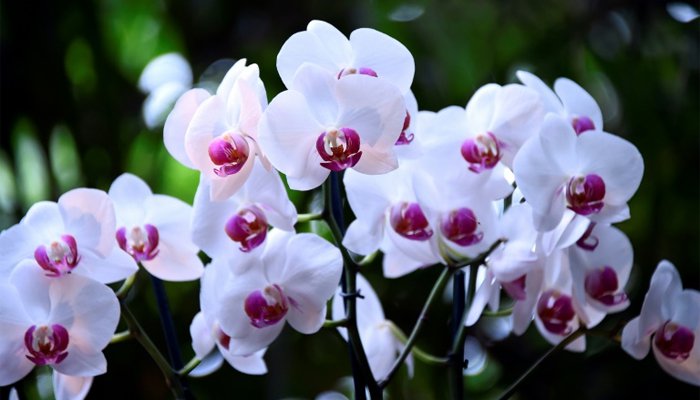
Over One-Third Of World’s Known Plant Species Are In Botanical Gardens
No wonder that our nature is full of surprises, be it the variety of species of fauna or distinctly mind-boggling flora. Now, after recently going through many discoveries regarding the new species of reptiles, insects, and butterflies, serious surveys on the existence of the plant species is conducted.

Some stunning things were found out from the research. The study is conducted by the researchers from Botanic Gardens Conservation International (BGCI), post the work, they analyzed the datasets at the same. They cross-referenced the working list of known plant species, currently sitting at 350,699, of which the species records of a third of botanic gardens on the planet, some 1,116 institutions.
They specified that “minimum estimate” of the plant diversity is actually held in botanic gardens. The outputs from the study were published today in the journal Nature Plants, which revealed that the global network of botanic gardens conserves living plants representing almost two-thirds of plant ‘genera’ and over 90% of plant families.
Meanwhile, the researchers from the University of Cambridge discovered a significant imbalance between temperate and tropical regions. The vast majority of all plants species grown ex-situ are held in the northern hemisphere. Consequently, some 60% of temperate plant species were represented in botanic gardens but only 25% of tropical species, despite the fact that the majority of plant species are tropical.
The databases from the 3,269 botanical gardens are taken, and more than a third of Earth’s 350,699 known plant species are to be found in at least one such institution, the scientists’ reports read. It added that the Botanical gardens also house more than 40 percent of the nearly 32,000 plant species.

Talking about the same, Dr. Samuel Brockington, a researcher and a senior author at Cambridge’s Department of Plant Sciences as well as a curator at the University’s own Botanic Garden has said, “The global network of botanic gardens is our best hope for saving some of the world’s most endangered plants.”
“Currently, an estimated one-fifth of plant diversity is under threat, yet there is no technical reason why any plant species should become extinct. Botanic gardens protect an astonishing amount of plant diversity in cultivation, but we need to respond directly to the extinction crisis.”

“If we do not conserve our plant diversity, humanity will struggle to solve the global challenges of food and fuel security, environmental degradation, and climate change”, added Brockington.
The survey also stated that 10 percent of the area in botanical gardens is given over to these endangered plants. They also revealed that Earth’s most ancient living flora, so-called non-vascular plants such as mosses and some algae, have been overlooked and neglected, comprising less than five percent of species under care.
“Non-vascular species are the living representations of the first plants to colonize land,” Brockington said. “They are essential for understanding the evolution of plants.”
This research is so far the most comprehensive one, in this, scientists have so far assessed the threat status of about 26 percent of the world’s known flora.
Related Article: Scientists Warn People To Collaborate With The Planet To Stay Out Of Trouble